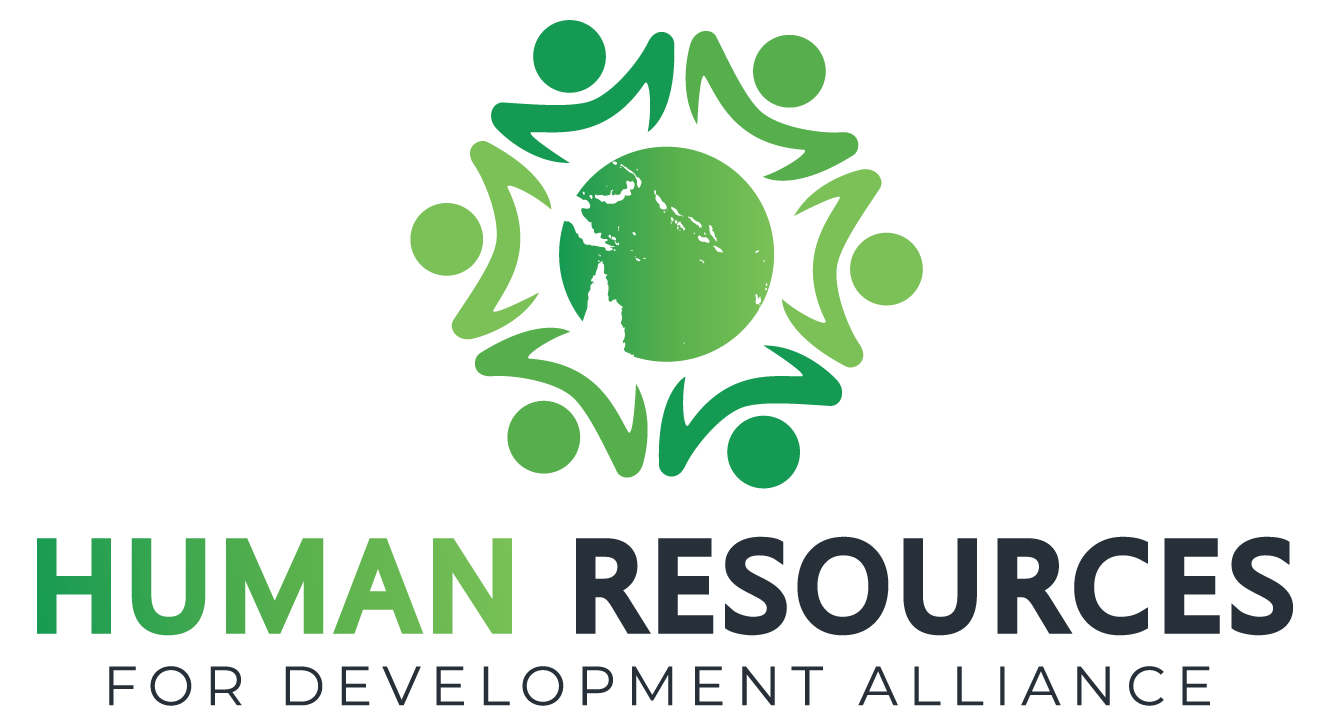HRDA (graham and Lee) had only just completed the Kingdom of Tonga Human Resources for Health Country Profile with Deki from WHO Suva and Salote Pukola from the Tonga Ministry of Health – when the volcano erupted.
Our thoughts go to our friends in Tonga as we hope for a quick recovery. The load on health workers to respond to the humanitarian needs will continue for some time but fortunately, Tonga’s health workforce was at the strongest point it had been for the many years since 2013.
We and our colleagues at UNSW have had a long involvement with HRH in Tonga. Many HRH planning and advisory inputs have been conducted since our friend and teacher Dr John Dewdney’s scoping of the task in the Draft National Health Workforce Plan 1998-2020. In 2014 the HRH Knowledge Hub published Dr Sophia Lin’s and Prof Rotem’s work on the Tonga Human Resources for Health Country Profile 2014, and WHO/WPRO supported Dr Roberts to prepare a Draft National Health Workforce Strategic Plan 2014-20 which identified HRH issues for the MOH to consider in forward planning.
NCDs have long been identified as the major causes of death in Tonga, which led to the establishment of a special cadre of NCD nurses. Sustainable Development Goals (SDGs) call for a one third reduction of non-communicable diseases by 2030, but NCDs accounted for 79.4% of all deaths in 2019, an increase of 5% since 2008. The Tonga Risk Factors STEPS Report of 2017 placed most of the adult population within the obesity range; 82.8% of women and 66.8% of men, indicating a continuing need for concerted efforts to address NCDs as a national priority, and for a special cadre of postgraduate nurses to be trained.
Sometimes unforeseen consequences arise from good policy. It seems that the creation of the new NCD cadre divided the nursing services into two at the primary facility level. The centralised yet divided MOH structure and the streaming of advanced nursing education produced role divisions at the facility level, where tasks are allocated by role rather than shared as a team, and accountabilities are to centralised line managers, rather than to local district team leaders. As the numbers of staff and technical supporters appear to be at the best levels it has been since 2013, more efficient and productive use of the workforce could be achieved through systems changes that better coordinate, lead and supervise all HRH activities at the facility level.
Our hope prior to the volcano, which can be picked up afterwards, is that the next few years presents an opportunity to investigate salary inefficiencies (such as overtime payments and the cost of role-based work) and to review the national workforce mix investments. We have suggested that saving identified be redirecting to create a remuneration level sufficient to attract and retain core medical specialists and to reduce the dependency on donor support for medical staff. We can expect that the volcano will cause a delay while resources are diverted to overcome the volcano’s impact on Tonga, its people and economy. It’s a setback but the resilience of the Tonga people and their strong traditions of caring for each other will overcome it. We wish Tonga and its health staff well for the immediate and long-term futures.

